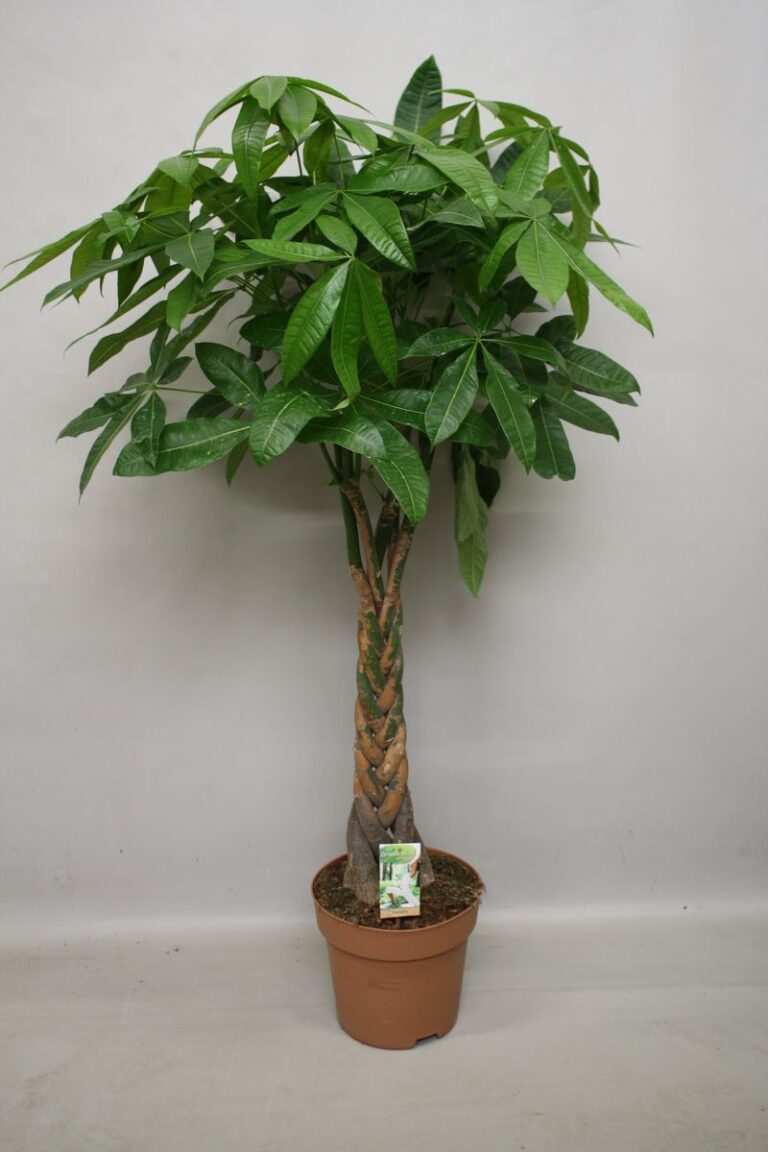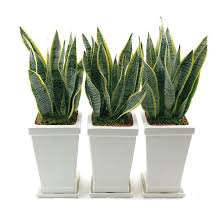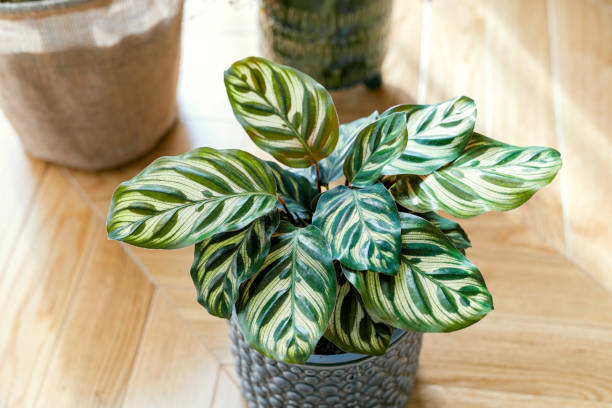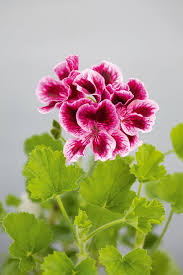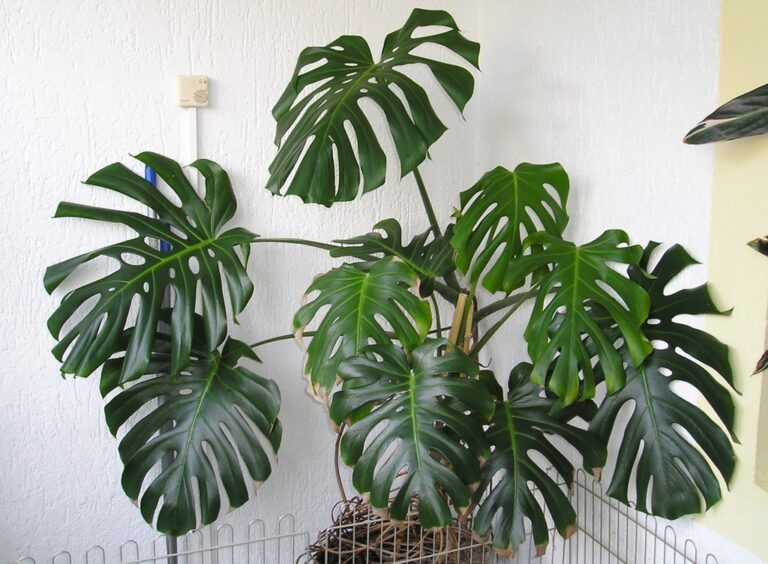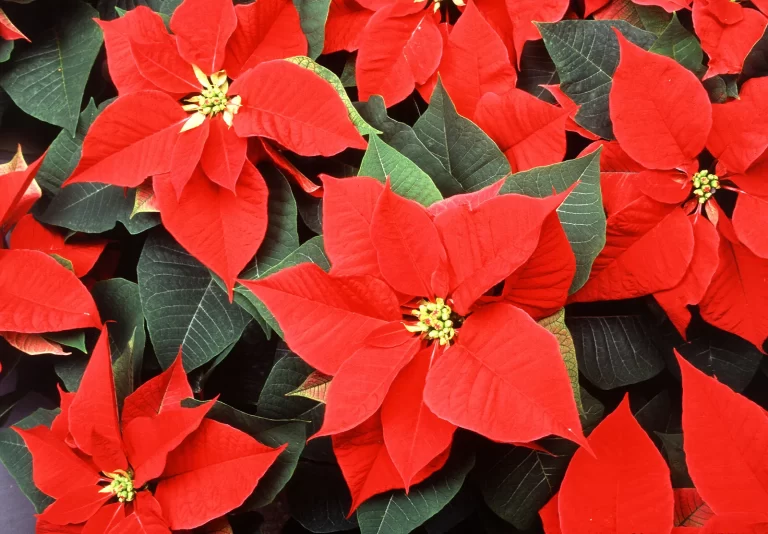Dracaena Sanderiana: The Ultimate Guide to Lucky Bamboo Care
Dracaena Sanderiana: The Ultimate Guide to Lucky Bamboo Care
Have you ever wondered why Dracaena sanderiana, commonly known as Lucky Bamboo, is a symbol of prosperity and good fortune? Let’s explore the secrets behind this fascinating plant!
Hello, plant lovers! If you’re looking for a low-maintenance yet elegant plant to enhance your home or office space, Dracaena sanderiana, also known as Lucky Bamboo, might be the perfect choice. Despite its name, this plant is not a true bamboo but belongs to the Dracaena genus. It’s easy to care for, thrives in water or soil, and adds a touch of greenery to any setting. Whether you want to learn about its symbolism, care tips, or propagation methods, this guide will cover everything you need to know!
Table of Contents
What is Dracaena Sanderiana?
Dracaena sanderiana, commonly known as Lucky Bamboo, is a popular houseplant often associated with good luck and positive energy. Despite its name, it is not a true bamboo but a member of the Dracaena genus, which belongs to the Asparagaceae family. Native to Central Africa, this plant has been widely cultivated for ornamental use due to its elegant appearance and low-maintenance nature.
Lucky Bamboo is particularly valued in Feng Shui, where it is believed to attract prosperity and balance energies within a space. It thrives in both water and soil, making it a versatile choice for plant lovers. Its long, slender stalks can be shaped into spirals or woven into decorative arrangements, adding an artistic touch to any home or office setting.
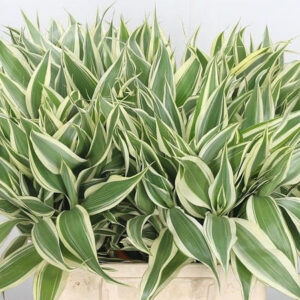
How to Care for Lucky Bamboo
Lucky Bamboo is known for its resilience, but proper care is essential for maintaining its vibrant green color and healthy growth. Here are the key factors to consider when caring for your plant:
| Care Factor | Recommendation |
|---|---|
| Light | Indirect sunlight; avoid direct exposure |
| Water | Use distilled or filtered water; change every 7-10 days |
| Soil | Well-draining potting mix |
| Temperature | 65-90°F (18-32°C); avoid cold drafts |
| Fertilizer | Mild liquid fertilizer once a month |
Growing Lucky Bamboo in Water vs. Soil
Lucky Bamboo can thrive in both water and soil, but each method has its pros and cons. Below are the advantages and disadvantages of each:
- Growing in Water:
- Easy to maintain and visually appealing
- Requires regular water changes to prevent root rot
- No need for soil-related pests or mess
- Growing in Soil:
- Provides more nutrients for long-term growth
- Less frequent watering required
- Higher risk of overwatering and root rot
If you prefer a decorative, minimal-maintenance option, water cultivation might be best. However, if you aim for stronger growth and longevity, soil planting is ideal.
How to Propagate Lucky Bamboo
Propagating Lucky Bamboo is a simple and rewarding process. By cutting and replanting a healthy stalk, you can grow new plants effortlessly. Follow these steps to propagate your Lucky Bamboo:
- Choose a healthy stalk with at least one node.
- Use sharp, sterilized scissors to cut a 4-6 inch section below a node.
- Place the cutting in distilled water and change the water weekly.
- Once roots develop (within a few weeks), transfer the cutting to soil or keep it in water.
Common Problems and Solutions
Although Lucky Bamboo is relatively easy to care for, certain problems can arise. Here’s a quick guide to diagnosing and solving common issues:
| Problem | Cause | Solution |
|---|---|---|
| Yellow Leaves | Overwatering or direct sunlight | Reduce watering and move to indirect light |
| Soft or Rotting Stalk | Bacterial infection or stagnant water | Trim affected areas and replace water with fresh, filtered water |
| Brown Leaf Tips | Fluoride in tap water | Use distilled or rainwater |
The Symbolism of Lucky Bamboo in Feng Shui
Lucky Bamboo holds significant meaning in Feng Shui, with different arrangements symbolizing various aspects of life. Here’s what different numbers of stalks represent:
- 2 Stalks: Love and marriage
- 3 Stalks: Happiness, wealth, and longevity
- 5 Stalks: Good health
- 8 Stalks: Prosperity and abundance
- 9 Stalks: Great luck
Whether placed in homes or offices, Lucky Bamboo serves as a symbol of harmony and positive energy. Its placement and arrangement can enhance different aspects of life according to Feng Shui principles.
Frequently Asked Questions (FAQ)
Can Lucky Bamboo survive in low light?
Yes! Lucky Bamboo thrives in indirect, low light conditions. However, for optimal growth, placing it in a spot with moderate, filtered light is recommended.
Why are the leaves turning yellow?
Yellowing leaves can result from overwatering, direct sunlight, or using tap water with high fluoride content. Try using distilled water and keep the plant in indirect light.
How often should I change the water?
It’s best to change the water every 7-10 days to prevent bacterial growth. Use fresh, clean, and preferably distilled or filtered water.
Can I grow Lucky Bamboo in soil instead of water?
Yes! Lucky Bamboo can grow in soil as long as it stays moist. Ensure the soil drains well and avoid waterlogging.
What is the best temperature for Lucky Bamboo?
Lucky Bamboo prefers temperatures between 65-90°F (18-32°C). Keep it away from cold drafts and direct heat sources.
Can I trim my Lucky Bamboo?
Yes! Pruning encourages new growth and maintains the plant’s shape. Use sterilized scissors to trim unwanted stalks or leaves.
Conclusion
Lucky Bamboo is more than just a beautiful plant—it’s a symbol of good fortune, resilience, and positive energy. Whether you’re growing it in water or soil, this low-maintenance plant can bring a sense of calm and prosperity to any space. With proper care, you can enjoy its beauty for years to come. Have you tried growing Lucky Bamboo?


